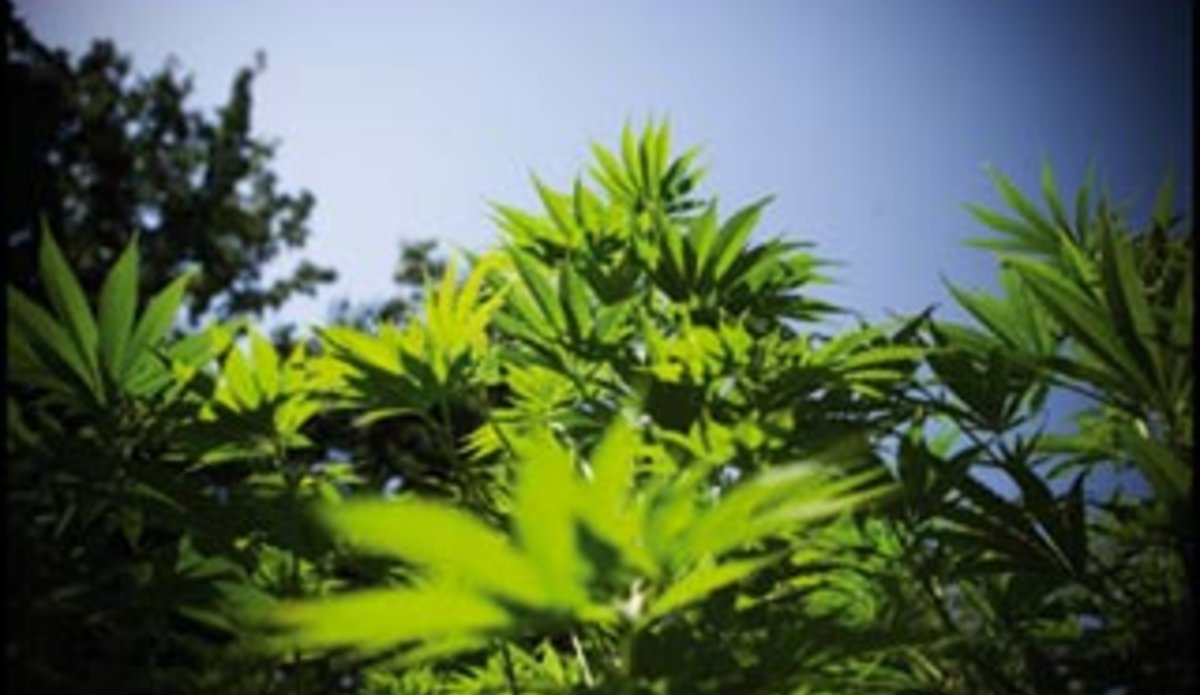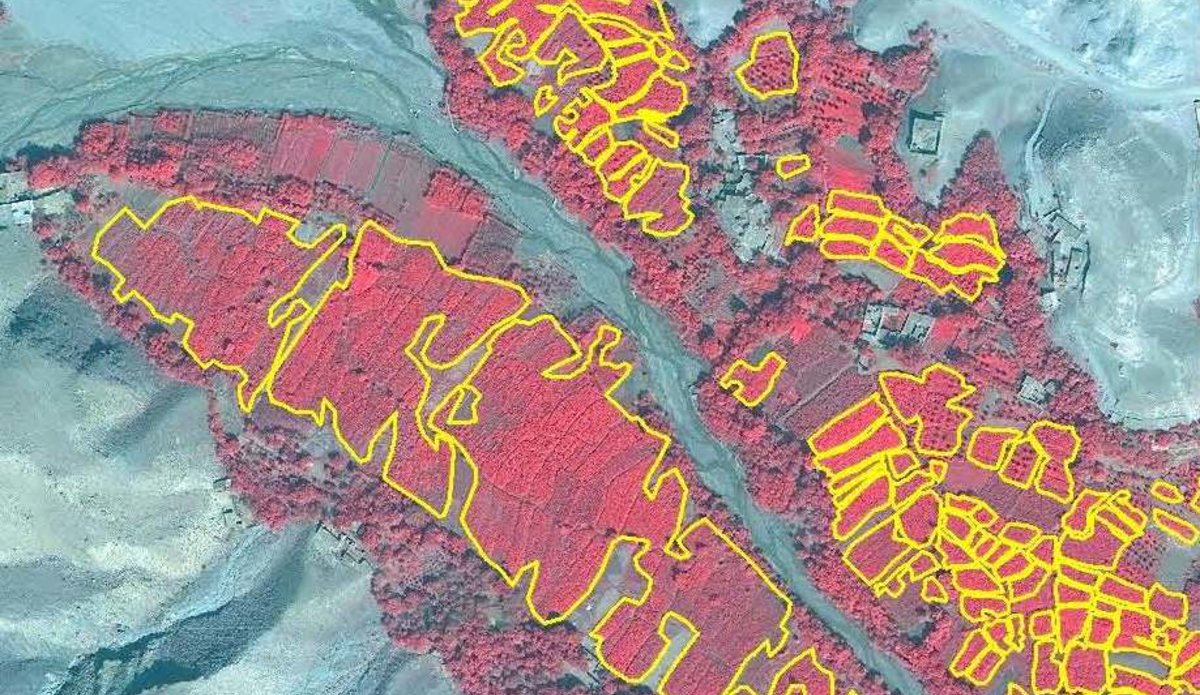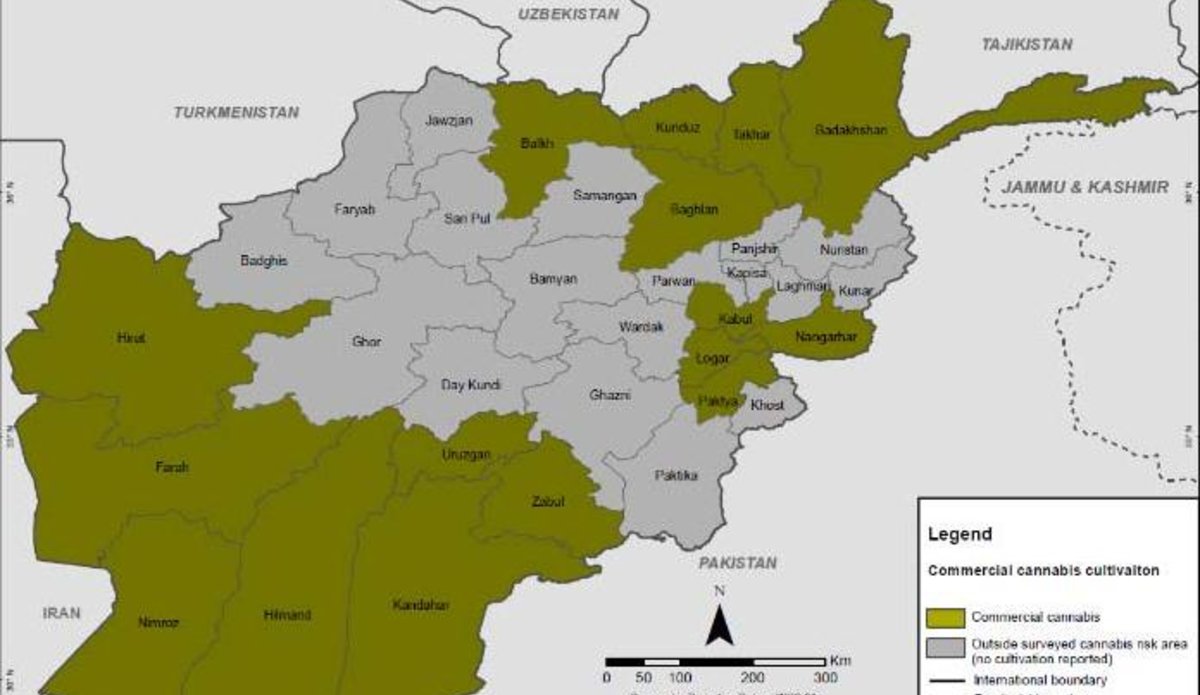Afghanistan registers 8 per cent rise in cannabis production despite a decline in cultivation
KABUL - Despite a 17 per cent decline in the total land area used for commercial cannabis cultivation in 2012, Afghanistan saw an eight per cent rise in the overall production of cannabis compared to 2011, according to a report released today by the United Nations drug and crime agency and the country’s Ministry of Counter-Narcotics.
The report, ‘Afghanistan: Survey of Commercial Cannabis Cultivation and Production 2012,’ released in the Afghan capital, Kabul, noted that the main reason for the increase in production despite the decline in cultivation was better yields by the cannabis, locally known as ‘garda,’ compared to the previous year.
In 2012, the national average of garda yield was 136 kilograms per hectare, an increase of 21 per cent compared to 2011, which experienced a yield of 112 kilograms per hectare. The 2012 yield levels came close to the high experienced in 2009 of 145 kilograms per hectare.
The joint report – prepared by the UN Office on Drugs and Crime (UNODC) and the Ministry and the fourth since 2009 – stated that another reason for the reduction in cultivation was “a strictly enforced ban by provincial authorities,” which was imposed because “cannabis fields seemed to have been used by insurgent groups as hiding places.”

The report also said the reduction in overall cultivation was partly because of a “dramatic decline” in the southern province of Uruzgan which had only about 100 hectares of land under cannabis cultivation in 2012, down from about 1,000 hectares in 2011.
Growing the illicit crop remains lucrative despite a downward correction in prices observed since the peak in 2011. UNODC noted that in 2012, farmers could achieve a gross income of $6,400 per hectare from cannabis resin, exceeding the gross income from opium of $4,600 per hectare.
Limitations for farmers to move from opium to cannabis relate to water access, the long vegetation cycle making double cropping near impossible, and the summer season of planting which competes with food crops and vegetables indispensable for the farmer families, UNODC added in a news release.
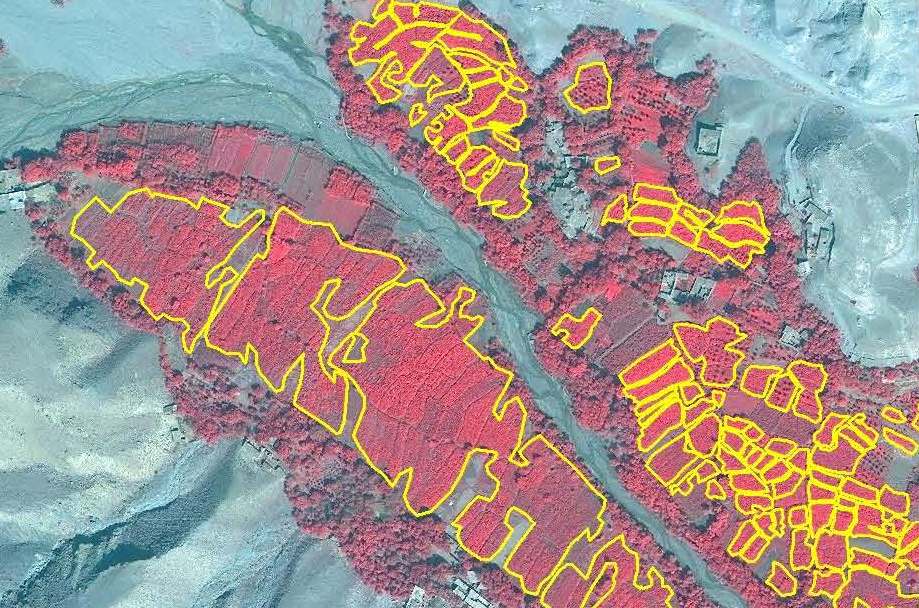
“This again indicates that a farmer decides on planting licit or illicit crops in a holistic way including as much family needs, food security, access to markets, access to non-farm income, as there is risk. Only an 'opium farmer', or a 'cannabis farmer' or even a 'wheat farmer' simply does not exist,” said UNODC’s Regional Representative, Jean-Luc Lemahieu.
He added that agriculture should be seen as one and measures against illicit crops should be integrated into agricultural policy.
The UN World Health Organization (WHO) notes on its website that cannabis, a psychoactive drug, is by far “the most widely cultivated, trafficked and abused” illicit drug. “Half of all drug seizures worldwide are cannabis seizures,” it adds.
The survey, which covered 16 of Afghanistan’s 34 provinces where commercial cannabis cultivation had been observed or reported in past surveys, estimated that most of the cannabis cultivation concentrated in the southern provinces of Afghanistan, accounting for some 54 per cent, and, to a lesser extent, in the east and north of the country.
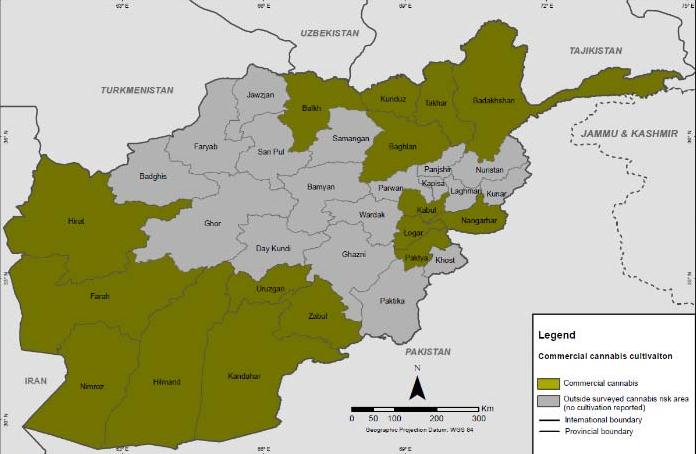
The planting season for cannabis in Afghanistan is between March and May. The stem elongation stage of cannabis is between July and August and the crop is in full bloom from September to October. In 2012, in most areas, cannabis plants were fully matured and harvested from the field by the end of December. The resin was extracted between December 2012 and January 2013.
The 2012 survey consisted of yield studies and satellite image interpretation. In contrast to previous years, no socio-economic village survey was conducted; therefore several indicators could not be provided, the report noted, adding that the overall cannabis area estimate is based on the interpretation of 160 high-resolution satellite images in 16 provinces.
Besides cannabis production, Afghanistan is a global hub of opium production as well. In its World Drug Report released in June, UNODC said Afghanistan retained its position as the lead producer and cultivator of opium globally, with 74 per cent of the world’s illicit opium production in 2012.
 UN
UN
